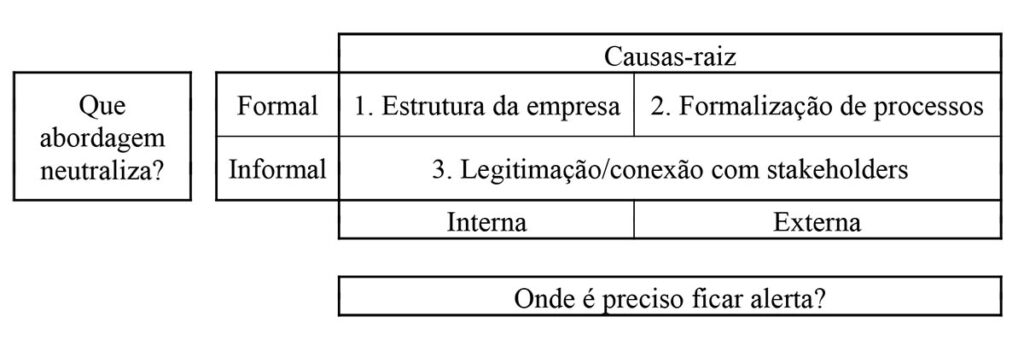Academics and entrepreneurs have an obvious interest in understanding the factors that contribute to the failure of small businesses (SMEs), especially in their early years of life.
Investigations on the predictability of failure of new companies have been a priority in studies on entrepreneurship and performance and one of the most common reasons mentioned in the literature is the inexperience and lack of formal or informal preparation on the part of founders and managers.
Studies often suggest that the high mortality rate is due to threats that companies face at the beginning of their life cycle, due to the weaknesses resulting from their young age and that can be aggravated by the occurrence of other potential externally originated threats, linked to condition of its small size.
These threats are due to the lack of a stabilized trajectory that makes it difficult, on the part of their managers, to list potential stakeholders and here I am referring to customers, suppliers, financial agents and potential employees and competitors.
The concept of liability of newness to explain why new organizations are at greater risk of mortality was introduced by Arthur Stinchcombe (1965). His argument is that the highest failure rate stems from the costs of learning new tasks, the need to play new roles and resolve the conflicts that such roles present, the lack of formal structures in the company, and the lack of stable links with customers and suppliers.
Another threat is the liability of smallness (Aldrich, & Auster, 1986). It deals with the threats faced by the company due to its size. These threats, linked to age and size, identify factors that inhibit the success of a new company, while the first focuses on internal factors, the second seeks explanations in the external environment of the company.
Research indicates that there are three central causes underlying threats to SMEs. They are divided into formal and informal, in terms of their nature, and internal and external to the company, in terms of their influence on performance.
In particular, we talk about a very centralized structure, about problems related to the lack of formalization of the most varied processes in the company's routine and the lack of legitimacy, that is, the establishment of connections with other companies, suppliers and customers, increasing the opportunities for access to new sources of knowledge and introduction of innovations.
The figure below shows a summary of these root causes:
In a next article, in this space, I intend to discuss the characteristics of the causes linked to threats to the performance of SMEs, as well as analyze the main defenses, in order to neutralize such risks.
Author Luiz Guerrazzi, director of the Degree in Business Management at ISMAT





















Comments